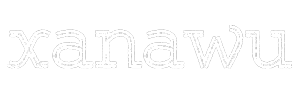Really great article in the New Yorker about a restaurateur’s quest to re-invigorate Chinese cuisine in Hangzhou, while using all-natural ingredients.
“Sourcing our ingredients was a nightmare at first,” Zhou said. The buyers spent months driving out to remote villages, meeting farmers, and trying to set up a network of suppliers. They commissioned peasants to rear free-range chickens and ducks, to feed pigs a traditional diet of grain and vegetables, and to sow their fields according to the solar terms of the old agricultural calendar. Through word of mouth, they found people who were prepared to gather wild lily flowers, to catch paddy eels and turtles. “But we were groping in the dark,” Zhou said. “And sometimes the peasants deceived us, passing off factory-farmed pork as home-raised meat, or using chemicals on the sly.”
The scare about Chinese produce has reached Vietnam–there is one particular story going around about a chinese factory processing dead chickens and dying them to look like they were roasted. There’s a mixed perception of Chinese goods here: on one hand people don’t want to trust the Chinese, but on the other it’s a more developed country so some products are viewed as higher quality (clothing, for example). Strange for me to see China as a *more* developed country.
The past decade or two have seen other changes in the way Chinese people eat. As recently as the early nineties, many Chinese lived on a diet of fresh seasonal produce bought from street markets. Supermarkets, refrigerators, and processed foods were rare. Since then, urban sprawl has encroached on arable fields; street markets and small restaurants have been swept away as cities are redeveloped; and Western fast-food chains have opened branches all over the country. Meanwhile, firms such as Carrefour and Tesco have persuaded the middle classes to shop in supermarkets, and processed foods have become widely available. And as the Chinese demand more meat, to supplement their traditional diet of grains and vegetables, there has been a dramatic increase in intensive animal farming.
I’ve been wondering how food is processed in Vietnam, and how far along it is in its industrialisation. Eggs are nice and yellow, like the free-range ones you get in Canada. And chicken, well, it’s usually tough and scrawny. I’m guessing these are ‘good’ signs? It is also clear that grocery stores are a recent concept–it is far more common to see fresh foodstuffs on the street and in outdoor markets.
Now that I think about it, how’s this for a development indicator: frequency of farmer markets. Here is my ranking, from most to least:
Vietnam > China > Thailand > Canada/US

